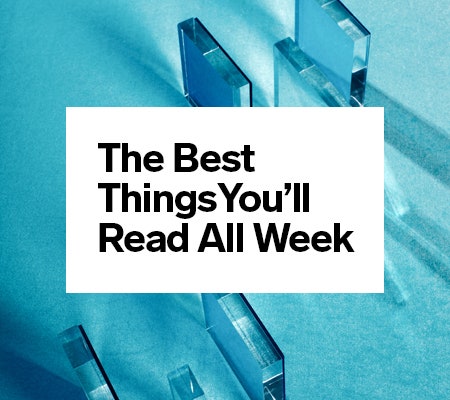In 2014, Rashied Amini was just another engineer in love. He had a job at NASA’s Jet Propulsion Lab in LA and a girlfriend he believed was the one. “I was in a long-term relationship with someone I was very much in love with, and I was getting ready to commit, considered proposing,” he says.
Unfortunately, his girlfriend had not come to the same conclusion. The numbers did not add up the same way for her. “So we had this sort of long, drawn-out breakup where she didn’t know if she wanted to be with me,” Amini says. “She didn’t know how to make that decision.” She threw out a suggestion: How about a cost-benefit analysis of our relationship.
She might well have meant it as a joke—maybe even a test—but Amini couldn’t stop himself. “The first thing I did was that sort of nervous laughter of, ‘You can’t be serious. This is silly,’” he says. “And then the next thing that happens is, oh, that light bulb goes off and, ‘You know what? I bet I could build this.’ That’s the engineer me.” He opened up Excel and started computing a crude utility value of his relationship. Thus Nanaya, a love prediction algorithm, was born. It was conjured in the hopes that love would listen to numbers.
Amini started off with the basics, working part time on what would become a full-fledged dating-app startup. His work as a rocket scientist gave him a framework. “I had worked on designing moon or Mars bases and trying to understand how much is it going to cost. There’s a lot of uncertainty. So what you need to be able to address is that uncertainty,” he says.
Romance, he figured, simply presented a different set of uncertainties. “You leave the home, and as soon as you leave the home there is this vast envelope of all the different types of people you can meet,” he says. “There’s going to be a certain set of people you meet within that larger envelope of possibility. So there’s going to have to be some tricks involved with trying to constrain that uncertainty to what’s actually realistic to the life of any individual.”
Amini engineered Nanaya to provide clients with a report on their love chances, quantifying the multiple uncertainties of love. It offers free personality and prediction tests, but the much more elaborate premium services costs a one-time charge of $9. (If you’re going to do this, pay the money.) It launched in 2016 and has hundreds of thousands of users, which gives it a unique database of information about people’s love choices, though Amini hasn’t left his job at the Jet Propulsion Lab.
There are many dating apps with more users, of course. But Nanaya has depth. Its questionnaire, particularly in the premium version, is truly extensive, with questions about your larger community, professional and social associations, behaviors, and preferences. Sometimes these questions seem strange or irrelevant: Do you have a pet reptile? How many subway stops do you take to get to work?
The questionnaire is the key to Nanaya, both to its effectiveness and to the insights into relationships it can provide. “Because you know the communities, you can try to assess the probability of finding someone you’re compatible with in those communities,” Amini says. “Once you have that probability, you plop it into a different equation, and you can figure out what are the odds and time of finding someone compatible given all of your social interactions for all of the communities you’re a part of.” The value is probabilistic, expressed as the time in which it is most likely for you to find love—a useful number to know about yourself, if somewhat frightening to face.
Knowing that number—the utility value of your relationships—may never be more valuable than it is right now. The app is an aid to finding love, but it is equally an aid to evaluating a relationship you happen to be in. Your use-value in a relationship applies both at times when you’re single and at times when you’re with someone. Covid-19 is a relationship catalyst; it breaks couples, and it makes couples. In Wuhan, and in Lombardy, the divorce rate has been spiking the moment the disease ebbs. Some married couples, forced into intimacy without relief, have discovered that they don’t particularly like one other. And single people, after a long period without touch and the solitary contemplation of mortality, are flocking to relationships, however they can.

